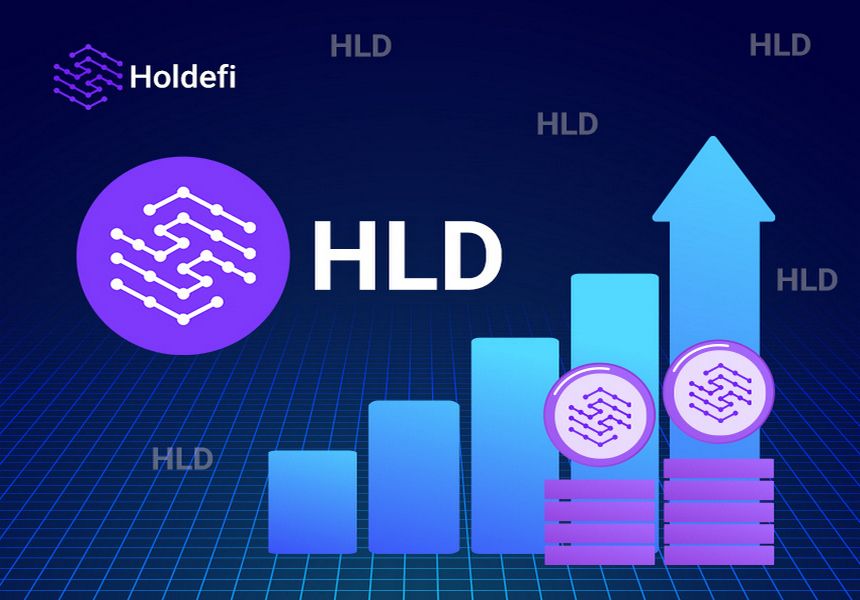Modern-day finance has gone through a massive transformation over the past ten years with the introduction of blockchain technology, cryptocurrencies, and the establishment of the decentralized finance ecosystem.
Most of the financial sector continues to rely on intermediaries like banks and payment processors to hold, lend, or borrow funds. The centralized financial (CeFi) institutions mitigate some of the issues with traditional lending/borrowing, although the need for transparent, fully-decentralized lending/receiving operations is still unsolved.
DeFi ecosystem allows the creation of open-source protocols that anyone can audit and improve. The majority of the projects run on the Ethereum blockchain and allow the built dApps (decentralized applications) to provide the highest privacy levels whilst enabling the completion of all relevant operations quickly and securely.
Speaking of privacy, DeFi protocols distribute data across a wide number of nodes, rather than concentrating on a single entity. There are also very simple or no KYC procedures at all.
Holdefi Explained
Holdefi is a state-of-the-art lending platform, allowing users to hold their crypto assets for an interest rate, or lend cryptocurrencies that can be repaid at a later date. Holdefi uses a new borrowing mechanism that adjusts to the selected cryptocurrency market. It helps determine the interest rates and gives borrowers the best possible and more stable return rate than other platforms.
One of the major benefits that centralized exchanges and lending platforms have over decentralized ones is fund security, granted by funds specifically created to secure users’ assets. This is where Holdefi compensates for the DeFi disadvantage.
The collateral and supply are in separate pools, rather than being mixed, guaranteeing complete security of the funds. In addition, its fully-decentralized and open-source nature allows users to audit and reshape the future of the project, transforming Holdefi into a community-driven project.
In DeFi, users have to wait until liquidity builds up in order to be able to withdraw their collateral. Holdefi solves this issue too and users are granted permission to make withdrawals at their convenience. Borrowers can receive stablecoins for their Ethereum, Wrapped Bitcoin (WBTC), or Basic Attention Token collateral. The stablecoins that borrowers may choose between are DAI, USDC, Tether, TUSD, and Binance USD.
Holdefi users can interact with the lending platform via three different methods – using Ledger and Trezor hardware wallets, or utilizing MetaMask.
Holdefi’s HLD Token
The decentralized nature of Holdefi implies the need for a governance token. The HLD token is an ERC20 Ethereum-based token, allowing token holders to vote and participate in the governance of the lending protocol.
HLD token holders may vote for the addition of new tokens, burning, revenue sharing, or changing asset-specific requirements. The total token supply of HLD is set to 100 million, with 13 million for public sale 11 million tokens – for private sale.
Тhe price is currently heavily discounted as Holdefi is in their private sale stage, and one token costs only $0.49. During the public sale, the price will jump to $0.625 per token.
- Disclaimer: All the information contained on our website is published in good faith and for general information purposes only. Any action the reader takes upon the information found on our website is strictly at their own risk.
Disclaimer
All the information contained on our website is published in good faith and for general information purposes only. Any action the reader takes upon the information found on our website is strictly at their own risk.


